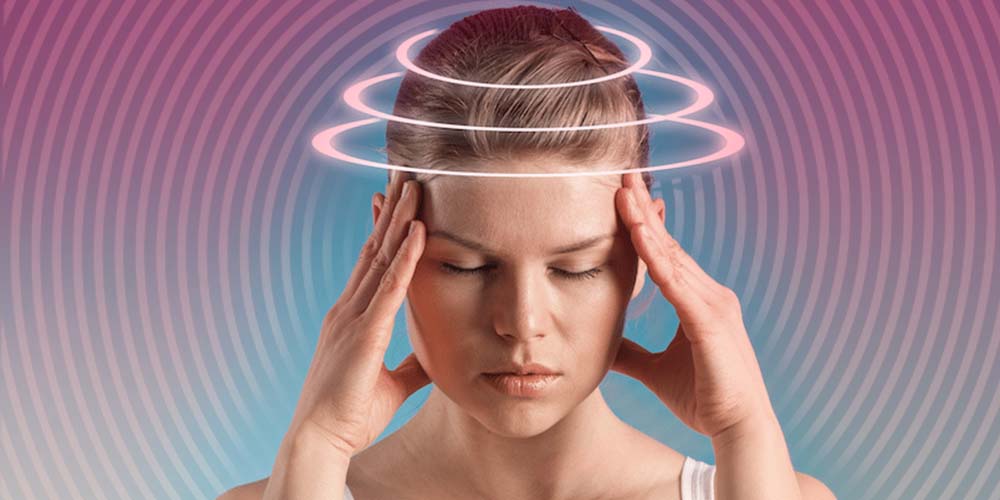
Call (780) – 440 – 9003 for tele-appointment or click here for online appointment.
Phone Number: (780) 440-9003
Fax : (780) 466-9058
E-mail: ptcentre7@gmail.com
Phone Number: (780) 710-4950
Fax : (780) 710-4951
E-mail: info@creekwoodphysio.com
Phone Number: (780) 250-4950
Fax : (780) 250-4951
E-mail: info@glenriddingphysio.com